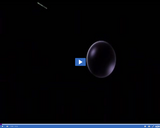
Refraction is the process of bending the path traveled by light due to a change in speed.
- Subject:
- Science
- Provider:
- Utah Education Network
- Author:
- Visual Learning Company
- Date Added:
- 02/28/2010

Refraction is the process of bending the path traveled by light due to a change in speed.
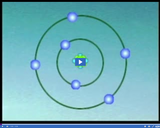
The motion of the electrons orbiting the nucleus creates magnetic properties.
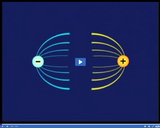
Atoms with unlike charges attract one another.

When two unlike poles interact, a force draws the magnets toward each other. When two like poles interact, a force repels the magnets.
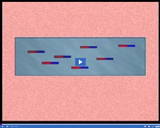
In a magnetic domain, all of the north poles are aligned in one direction and all of the south poles are aligned in the opposite direction.

The magnetic forces surrounding a magnet are referred to as magnetic fields. The lines of force extend from one pole of the magnet to the other pole. Forces are strongest at the poles.
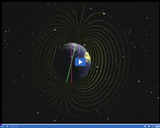
The magnetosphere is the region around Earth where its magnetic fields are located.

Atoms with like charges repel one another.
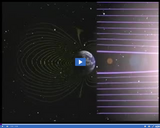
Solar wind is the flow of charged particles from the sun.

Earth is surrounded by an immense magnetic field, which is strongest at the poles. Earth's magnetic field extends outward, through the atmosphere and into space.
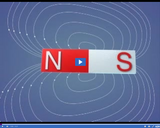
Magnets are surrounded by an invisible force, called a magnetic field, which exerts a force on magnetic materials near it.
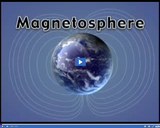
The magnetosphere is the region around Earth where magnetic fields are located.
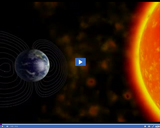
The magnetosphere protects Earth from the continual flow of charged particles from the sun, referred to as solar wind.
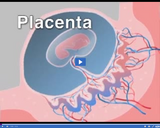
The placenta is a structure that enables the exchange of vital nutrients, oxygen, carbon dioxide, and wastes between the mother and the embryo.
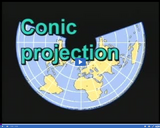
Conic projections are made by projecting a portion of a map onto a cone. Most road and weather maps are conic projections.
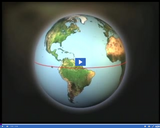
Lines of latitude run parallel to the equator, which is at zero degrees latitude. The north pole is 90 degrees north latitude and the south pole is 90 degrees south latitude.
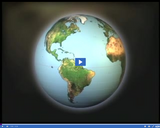
The grid pattern formed by intersecting lines of latitude and longitude enable exact locations on Earth's surface to be pinpointed.
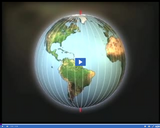
Imaginary lines that run from pole to pole are called meridians, or lines of longitude. The Prime Meridian, which passes through Greenwich, England, is zero degrees latitude. Locations west of the prime meridian are measured in degrees west.
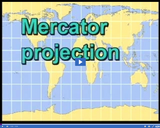
One of the most common projections of Earth is the Mercator projection which is very useful in navigation. One drawback is that land masses near the poles appear distorted.
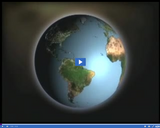
The Earth makes one full rotation everyday. When the half facing the sun is lit (day), the other half is dark (night).